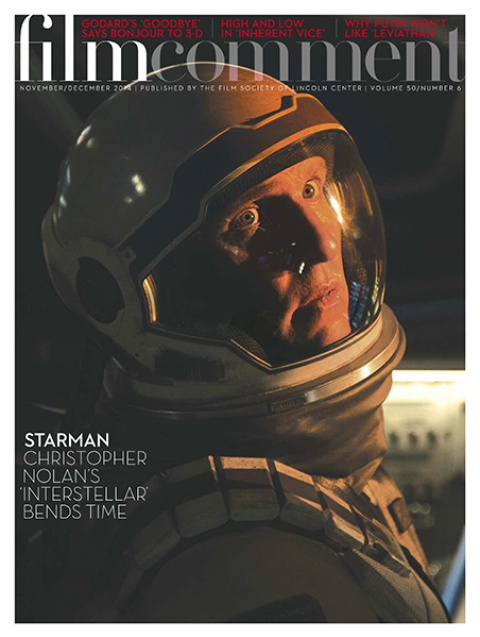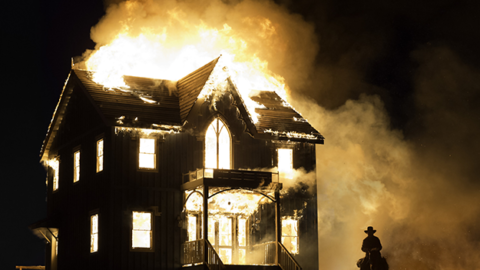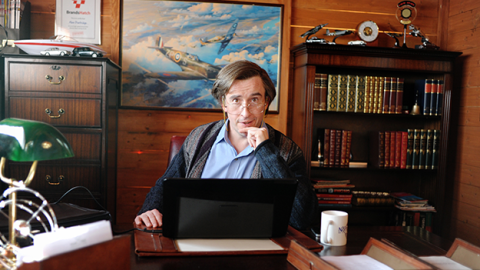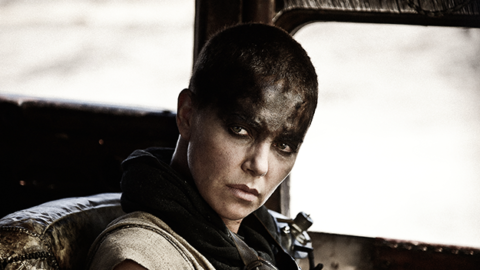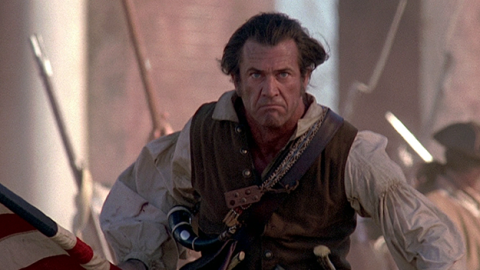Frontier spinster Mary Bee Cuddy (Hilary Swank) has known the man for about 24 hours, and only now asks his name. Sociability’s got nothing to do with it; she needs his moniker for a financial transaction. He thinks for a moment, and squints at her: “Let’s say George.” “George what?” Another moment for thought. “Briggs.” After saying the word, he seems to consider it for another moment, and likes it fine. He says “George Briggs” a couple more times, laughing and pronouncing it with a singsong lilt, as though charmed by the jig-like cheerfulness of the words.

It’s a signature beat for Tommy Lee Jones, who plays Briggs and who also directed, produced, and co-scripted The Homesman. Briggs has reason to be amused; just before Miss Cuddy found him, he’d been blasted with dynamite (for claim-jumping another man’s homestead) and left to die on the back of a horse, the rope around his neck tied to a tree branch above him. Mary Bee has cut him loose after he has promised to help her drive a wagon on a five-week trek back east to Iowa. Turns out the wagon is a little rolling Bedlam: it holds three women driven mad by their brutish men and the empty dirt plains of Nebraska. (The three, at various levels of non compos mentis, are played by Grace Gummer, Miranda Otto, and Sonja Richter; Gummer’s real-life mother, Meryl Streep, appears in a brief but key role.) This unusual plotline is from a novel by Glendon Swarthout, the author of The Shootist and They Came to Cordura, and it proves nearly as eccentric a vehicle for Jones’s moviemaking energies as his 2005 beauty, The Three Burials of Melquiades Estrada.
Like that film, The Homesman is about a journey undertaken because of a promise. Mary Bee has volunteered for the job because the local menfolk are incapable of carrying it out, and Briggs goes along because he said he would, and because in all likelihood he has nothing better to do. Jones does nicely at skirting the conventional irascibility of his character: instead of going for the familiar comedy of churchy prig saddled with Lee Marvin–esque rapscallion (Jones’s splendid muttonchops threaten to take on Paint Your Wagon proportions), the director follows the lead of Briggs himself—he gets on with the job.

Nevertheless, the film has considerable peculiarities: I can only assume that its lukewarm reception at the Cannes Film Festival earlier this year had to do with its wide tonal range. Either that or people were disappointed that The Homesman wasn’t the feminist Western they were expecting—it is a feminist Western, but despite Swank’s strong work and the theme of women mistreated by men, this is still a story about Briggs, and the hardness of the West. There are moments of wry comedy—some of them courtesy of one-scene actors such as James Spader and Tim Blake Nelson—and prairie philosophizing, but also stray absurdities, and sudden violence, and one upsetting plot turn that seems questionable at first but eventually feels appropriately sad and stirring.
It’s a Western. It has very few gunshots, a single scene with Indians, and no grand showdown, but the longer it goes, the clearer it is that Jones has got hold of something sharp about the West. This leads to a knockout of an ending, in which Briggs becomes the visual embodiment of a famous piece of American folk art, except that now we know the bitterness and loss behind the jolly image. A series of graves—desecrated, ransacked, unmarked—has led to Briggs’s moment of rude hilarity, and Jones won’t let us forget it.



